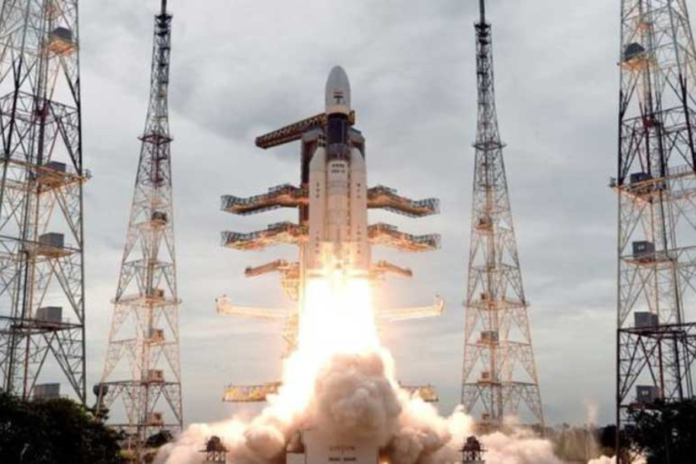India became the first nation to set foot on the “far side of the moon” with ISRO’s historic Chandrayaan-3 landing on the moon yesterday.
Three important developments in India’s military aerospace industry occurred while the country was engrossed in a media frenzy over Chandrayaan-3, largely going undetected.
Here is a list of the three occasions that are important to India’s efforts to create a wholly domestic military-aerospace environment.
LCA Tejas successfully tests indigenous Astra missile
The Astra Air-to-Air (A2A) beyond visible range (BVR) missile’s successful initial launch from a domestic Tejas fighter plane is the first occurrence.
The missile was successfully tested off the coast of Goa from a limited series production (LSP-7) prototype of the Tejas Mk-1 jet, which was developed by the Defence Research and Development Organisation (DRDO).
A six-second video of the LCA Tejas fighter firing the missile was also made available by DRDO.
The Defence Ministry has already bought 248 Astra Mk-1 missiles, with 200 going to the Indian Air Force and 48 to the Indian Navy. These missiles are thought to have a range of more than 100 km.
Astra Mk-2, a new, longer-range model of the missile being developed by DRDO, is said to have a new seeker that will enhance the missile’s ability to detect targets and resist jamming.
Additionally, it is said that the Astra Mk-2 missile has a dual-pulse rocket motor enabling a bigger no-escape zone (NEZ).
Astra Mk-III, which will have a range of more than 300 km and be driven by a solid fuel-based ducted ramjet (SFDR) propulsion system, is another even longer-range model that India is currently developing.
HAL completes delivery of all LCA Tejas variants
In addition to the Astra missile test, Hindustan Aeronautics Limited (HAL) has successfully delivered all single-seater fighter Tejas Mk-1 aircraft types to the Indian Air Force (IAF).
The Tejas programme was reviewed by the Chief of Air Staff, Air Chief Marshal V R Chaudhari, according to a news release issued by the Defence Ministry.
According to a press release issued following the evaluation, HAL has finished delivering all single-seater Tejas Mk-1 fighter variants to the IAF, and delivery of the remaining two-seater aircraft is proceeding as planned.
“During the review, it was brought out that all contracted fighter variants of the LCA Mk 1 had been delivered to the IAF. Representatives of HAL assured the CAS of the timely delivery of the contracted twin-seaters in the coming months, as well,” the statement said.
Operationalisation of newly inducted fighters jets by 2024
Additionally, according to ACM V R Chaudhari, a newly formed squadron using the single-seater fighter variants of Tejas might start flying from a frontline base of the Indian Air Force (IAF) as early as next year.
“The CAS indicated that, the LCA Mk 1A could be inducted in a newly raised squadron in one of the IAF’s operational bases, early next year,” the Defence Ministry said in a statement.
The No. 18 Squadron (Flying Bullets), which is next in line to fly the Tejas Mk-1 jets after the No. 45 Squadron (Flying Daggers), which was established in 2016, is most likely the Squadron that the Air Chief is referring to.
Following the IAF’s recent deployment of Tejas Mk-1 aircraft to a frontline airbase in Awantipura, Jammu & Kashmir, this development has occurred.
The fighter jets will be able to practise flying over the Union Territory’s valleys and mountains thanks to this.



